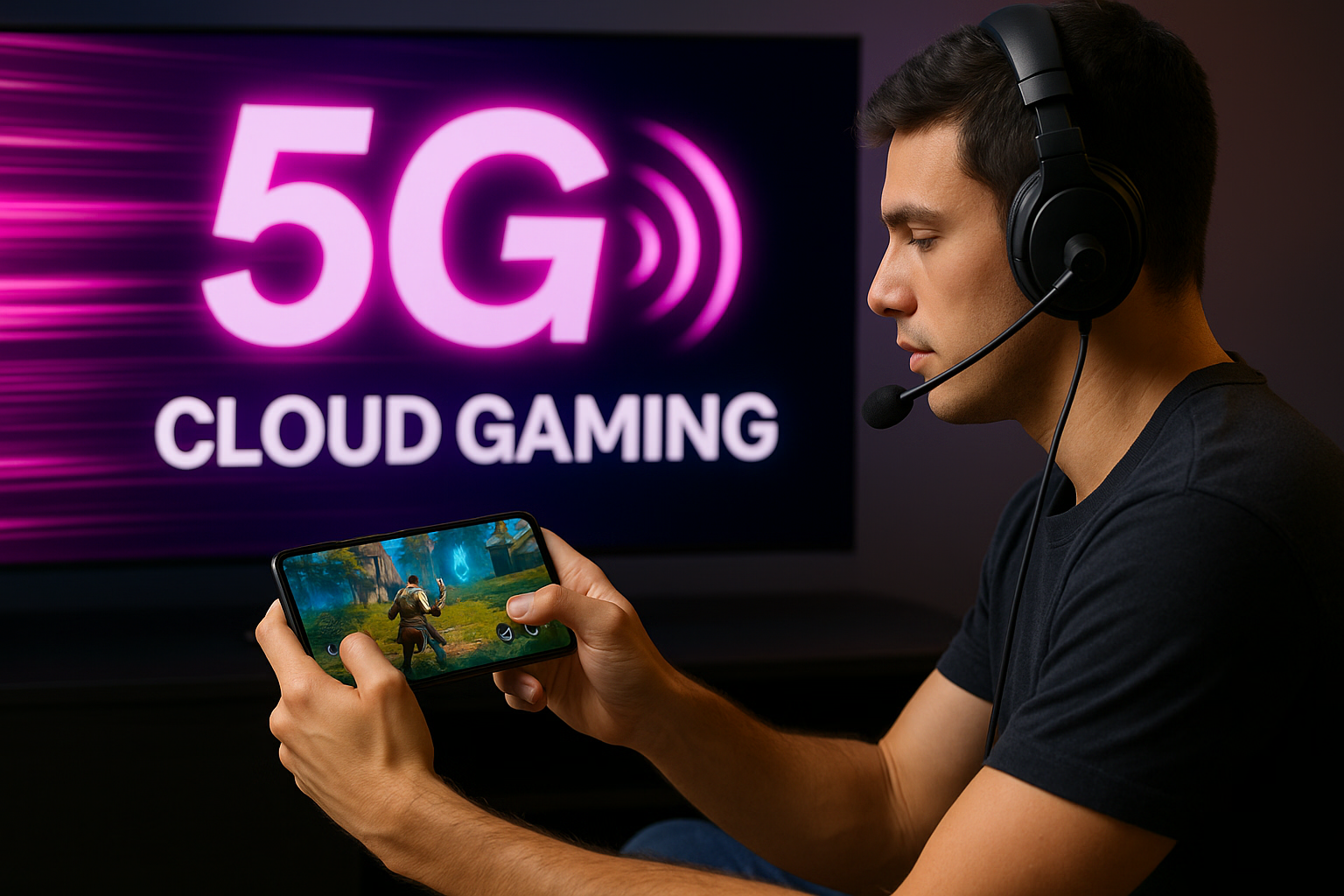
T-Mobile says it is the first carrier to bring L4S technology to wireless networks, moving a feature that was once only used in wired environments into the mobile world. L4S stands for Low Latency, Low Loss, Scalable Throughput, and the goal is to reduce lag, avoid packet loss, and deliver smoother real-time performance. That could mean more stable video calls, better cloud gaming, and fewer hiccups when the network gets crowded.
This all sounds very cool to me. T-Mobile has been quietly doing impressive things with its network, and this feels like another example. While other carriers are still leaning on outdated 4G cores, T-Mobile built its 5G network from the ground up, and that’s apparently what makes this kind of innovation possible. Its 5G Advanced platform was designed to be programmable and adaptive, and L4S is one of the first real demonstrations of that vision.
The company has already started testing L4S in the real world. One standout demo involves a partnership with Vay, a remote driving startup from Berlin. Using T-Mobile’s network, remote drivers were able to operate vehicles from afar with a stable connection and very little delay. Drivers said it felt like they were actually inside the car, even when driving through high-traffic zones. If remote driving ever becomes mainstream, this sort of reliability will be essential.
Another test involved Extended Reality (XR). T-Mobile teamed up with Qualcomm and Ericsson to show how L4S could improve immersive experiences. Using smart glasses, they delivered smoother frame rates and fewer motion issues, which is important because XR still struggles with motion sickness and other barriers to comfort. Anything that makes this tech more practical and less nausea-inducing is worth watching.
Gamers are also in the picture. NVIDIA now supports L4S in its GeForce NOW cloud gaming platform. When that’s paired with T-Mobile’s network, the result is faster reaction time, fewer drops, and a console-like experience from the cloud. That kind of setup could be a big deal for people who want to game seriously on the go without lugging around extra hardware.
Even video calls stand to benefit. Whether it’s FaceTime or another app, L4S adjusts dynamically to network traffic. That means fewer frozen frames and less garbled audio, even in a packed airport or a stadium. It’s a behind-the-scenes feature that could make everyday moments less frustrating.
T-Mobile says this is just the beginning. L4S is part of a broader plan to create a more programmable network that shares real-time performance data with apps. That allows services to adapt on the fly and deliver better results. It also helps pave the way for network slicing, where traffic for things like gaming, XR, or business tools can be separated and optimized independently.
With L4S already part of 3GPP Release 18, and T-Mobile rolling it out now, this carrier seems to be consistently ahead of the curve. I’m genuinely excited to see what this leads to, especially as more apps and devices start taking advantage of it.


